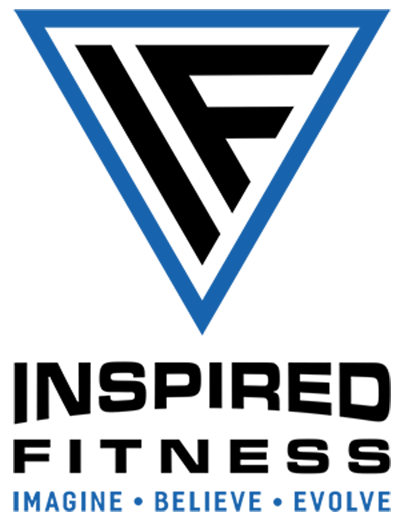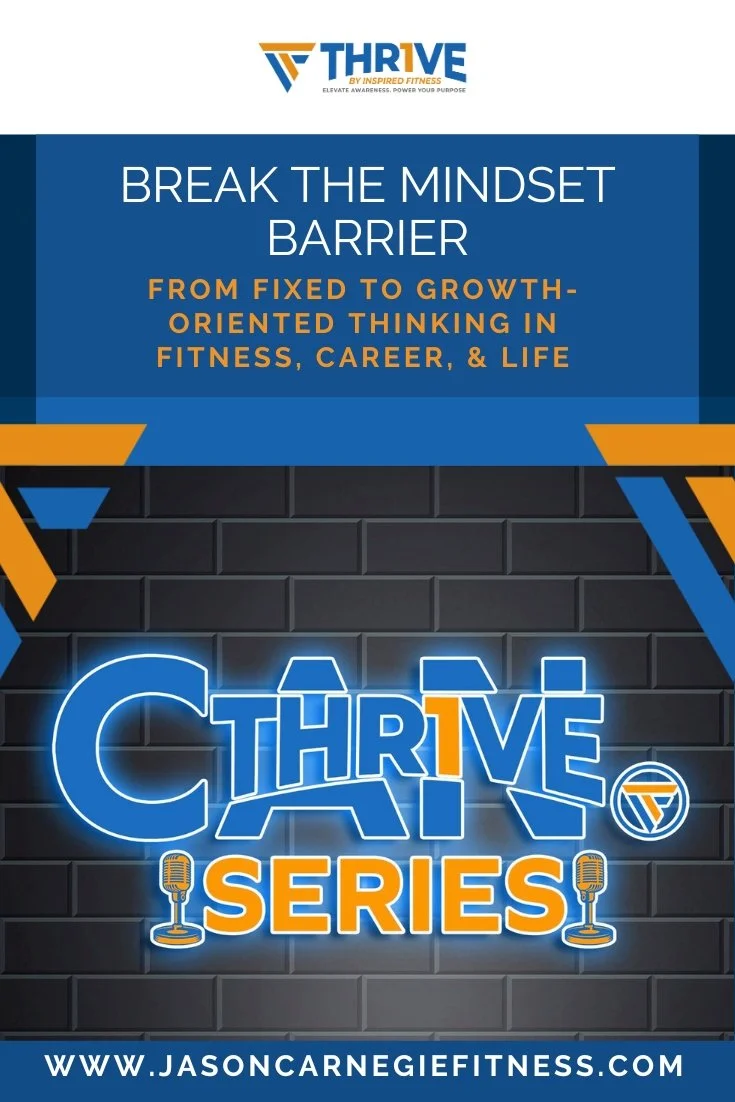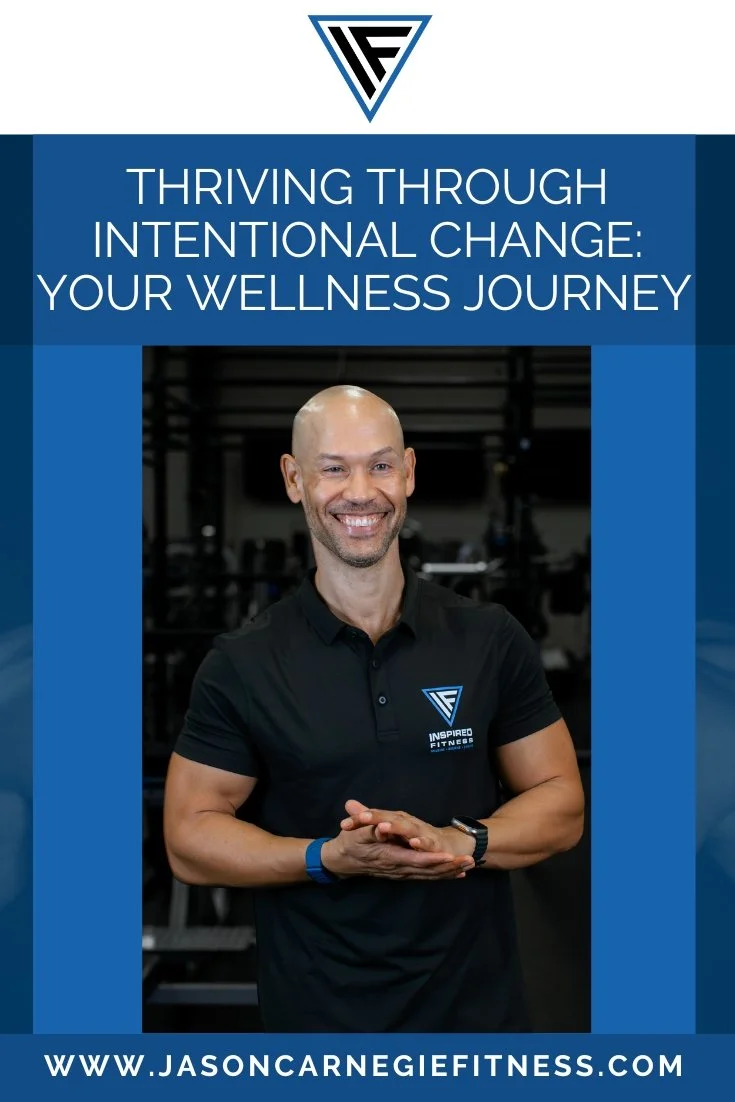The Best Bicep Exercise Which Most People Overlook
How to setup and execute this, my favorite exercise for overall bicep development!
The standing dumbbell neutral-to-supinated (hammer-to-underhand) grip curl
But, before we get started with the favorite, let’s have a quick chat about what we all see in the gym…
FRIENDS DON’T LET FRIENDS DO BICEP CURLS LIKE THIS
I used to do dumbbell bicep curls multiple times per week when I started out weight training. And I was a lucky one I suppose, for the most part, my curls didn’t look like I was bending over backwards just hoping for the dumbbells to get higher - you know what I mean. I guarantee it’s happening right now in your gym. Somebody has dumbbells about 40% too heavy for them to control and they’re bending their knees to throw the dumbbells upwards and they’re catching it midway, then arching their lower back in the quest to get the dumbbells even higher! Done. Now they’re allowing gravity to pull the dumbbell back down to the starting position. Phew - awesome rep, let’s go again. And on and on it goes. The legs get a workout, the lower back, some cardio thrown in for good measure, and in-between somewhere, the biceps catch an inch or two of the rep, and the person walks away satisfied to have done an incredible set - new PR!
I hope this story does not remind you of yourself - at least not now. In the past, ok. But not now.
USE STABILITY TO GENERATE TENSION IN A TARGET MUSCLE
As with any exercise, your goal is to create as much stability as you can at one end of a working muscle while contracting in order to generate and maintain as much tension in your target as possible.
In the case of a biceps curl, keeping the shoulders still and stable and allowing the biceps (and brachialis, and possibly the brachioradialis) to do the work.
Until that skill is acquired, there’s no real need to be lifting a weight that requires assistance from the legs or lower back to throw the weight up in an attempt to move through the curl or then overload the negative or the eccentric. While this certainly has a place in hypertrophy-focused training, it is best reserved for those who are more advanced, aware of risks vs benefits, and have an ability to generate massive amounts of internal stability when necessary in order to maximize the benefit of overloading the eccentric and minimize injury risk.
THE STANDING DUMBBELL BICEP CURL - TRANSITIONING FROM A NEUTRAL (HAMMER) TO A SUPINATED (UNDERHAND) GRIP
On now to what I consider one of the best exercises targeting what I will term the “bicep group” - the heads of the biceps brachii and brachialis in the upper arm, and the brachioradialis in the forearm. Generally speaking, most people do bicep curls in their quest for bigger arms. Sure, most of this is focused on the upper arm, but some attention ought to be given to the forearm as well, and in targeting forearm and upper arm in a single exercise, there’s considerable benefit all around for the ultimate goal.
With the intended rotation from a hammer to an underhand grip, the brachialis and brachioradialis provide much of the effort for the first half of the range of motion before the biceps kick into high gear upon the transition to the underhand grip and manage much of the load on the negative or eccentric.
Follow the steps below to setup correctly as well as perform the exercise for maximum benefit.
HOW TO GET SETUP FOR, AND PERFORM THE EXERCISE
The first order of business is to select a moderate weight dumbbell. Something which you can curl for 8-10 reps without “breaking form”. If you’re not sure, be conservative - go light at first, follow these guidelines then increase from there
Stand with the dumbbells by your side, and feet stably shoulder-width apart
Fully depress and retract your shoulder blades - imagine needing to tuck them into your back pockets. You would need to flatten them out by pulling them close together, and start to push them down toward your back pockets.
Once you’re in this position, simultaneously lean toward the side on which you’ll start curling (with this approach, you will complete all reps with one arm before switching to the other) and brace your core.
With your elbow slightly ahead of your torso, and holding the dumbbell with a hammer grip, begin the curl.
When your forearm is almost parallel to the floor, begin rotating your forearm into an underhand (or supinated grip). Be sure to keep your elbow position as still as possible and continue to keep your shoulder maximally still and stable.
When your bicep is fully shortened, you have reached the end of the upward range of motion. Avoid the temptation to continue the “curl” by rotating at your shoulder and bringing your elbow further forward.
However, right at the top of the movement, twist your forearm even more so that your small pinkie finger points away from your body.
Perform the negative of the movement by allowing the dumbbell downward, again with your elbow and shoulders in their fixed positions, and keeping your palm upward as you lower the weight in a slow and controlled manner
Once at the end of the rep, rotate the dumbbell back to a neutral or hammer grip and repeat for the indicated number of reps, before switching sides to repeat
Comment and let me know your thoughts on this one! What’s YOUR favorite bicep exercise, and why?
IMPLEMENTING THIS VARIATION OF THE BICEP CURL INTO YOUR WORKOUT
With the why and how taken care of, let’s turn briefly to where this exercise might best fit into your arm-focused or arm-shared workout.
You definitely want to position any exercise where you have to stabilize your entire body, as well as generate a high level of force close to the start of your workout, where you’ll have the energy for internal stabilization.
With that said, there’s also an opportunity to place into position one, an exercise where you’re able to just focus on generating as much tension in a target muscle as possible without worrying about stabilizing the trunk, hips and the shoulders.
For these reasons, I’d place these second. I’d recommend using a variation of a preacher curl in the first position to challenge the biceps to produce as much force as possible, and then go with these standing bicep curls second.
Round out a solid bicep workout by challenging the lengthened and shortened positions of the muscle using spider curls and incline curls.
Remember - friends don’t let friends cheat on curls…except when you’re advanced enough to be going for high eccentric overload and eccentric failure. Then, absolutely help your friend cheat the weight up!











What if the limits you’re facing aren’t physical—but mental? In this episode of the CAN-THRIVE Podcast, Dr. Jason Carnegie and Andy Bestwick explore how high-achieving men can shift from a fixed mindset to a growth mindset—both in the gym and in life. Learn how awareness, momentum, and reframing failure can unlock the next level of your performance over 40.